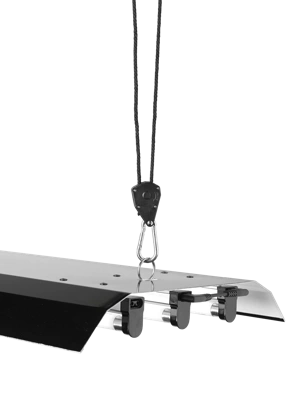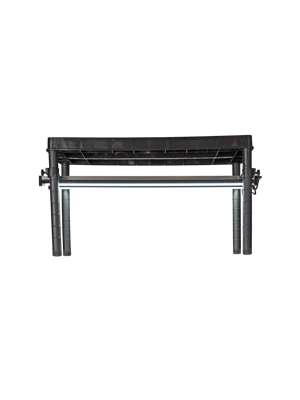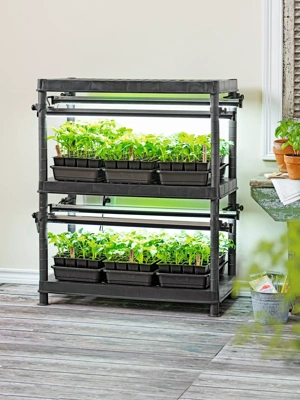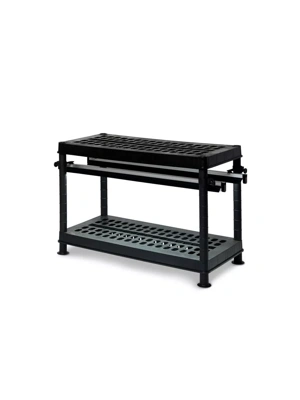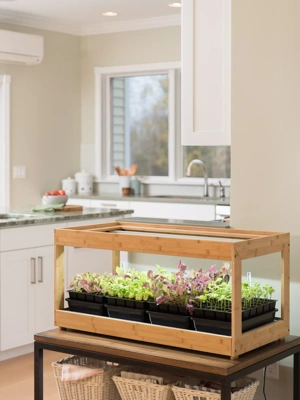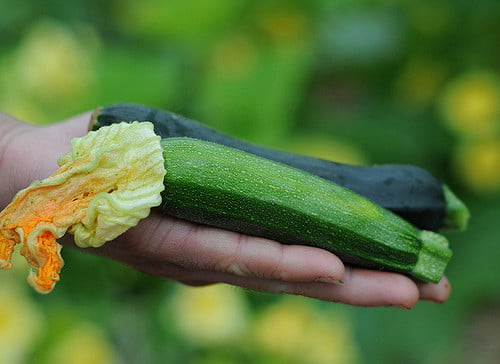Pattypan Squash: Compact, Productive and a Little Nutty
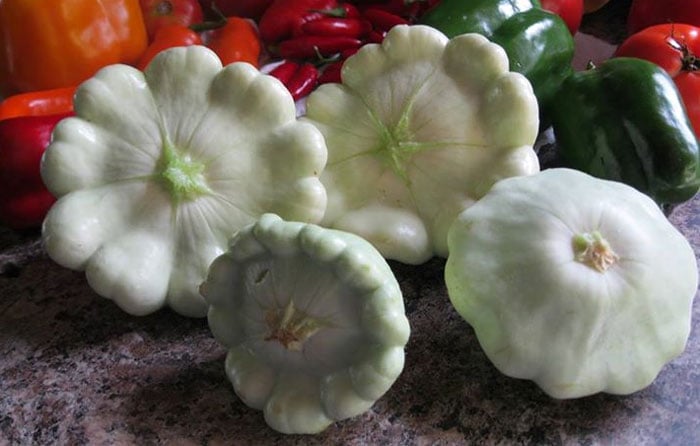
Like many gardeners, Kate Stauffacher tried something new last season: pattypan squash, which looks a little bit like a flying saucer.
“They were great additions to our garden. Because they produced so many squashes, I had to try all sorts of recipes plus give many to family and friends,” Kate says.
Here’s how she used her abundant crop:
- Slice vertically, mix with garlic and olive oil, and grill or fry them. They have a nutty flavor — much more flavor than zucchini.
- Roast them in the oven with sliced peppers and onions.
- Make pattypan soup, “which is very tasty.”
- Cut the top off horizontally, seed, stuff, and bake — like stuffed peppers. “I did this with some of the larger ones that got away from me.”
- Shred, shape into patties and freeze to make hash browns in the winter.
“I will definitely be planting these again next year,” Kate says.
How to Grow Pattypan Squash
As Kate discovered, summer squash is known to be quite productive. Think zucchini. They can start producing edible fruit just seven weeks after planting seeds and, if you keep the fruit picked, they’ll produce fruit until frost. Almost all are best when eaten young and tender.
Summer squash does not take up as much space as winter squash. Most grow from a central point, forming a bush rather than a long vine. Some types, like pattypan, grow on a vine, though it’s much shorter (about 5 feet) than vines for winter squash. They need full sun, consistent moisture, and rich, organic soil.
You can start summer squash by seed directly in the garden, once all danger of frost has passed. The seeds can also be planted indoors. Start with a 2″ to 3″ pot, such as a 2.75″ Cowpot which can be transplanted right into the ground. Plant two seeds per pot and snip one of the seedlings when it’s clear which one is thriving most. Once germinated, seedlings will need plenty of light such as a bright, south-facing window. Even better, develop the seedlings under grow lights or in a greenhouse.
Last updated: 06/15/2023
Print this Article:
Related items
Related Articles
Get the Dirt
Stay up to date on new articles and advice. Please fill out the information below.

